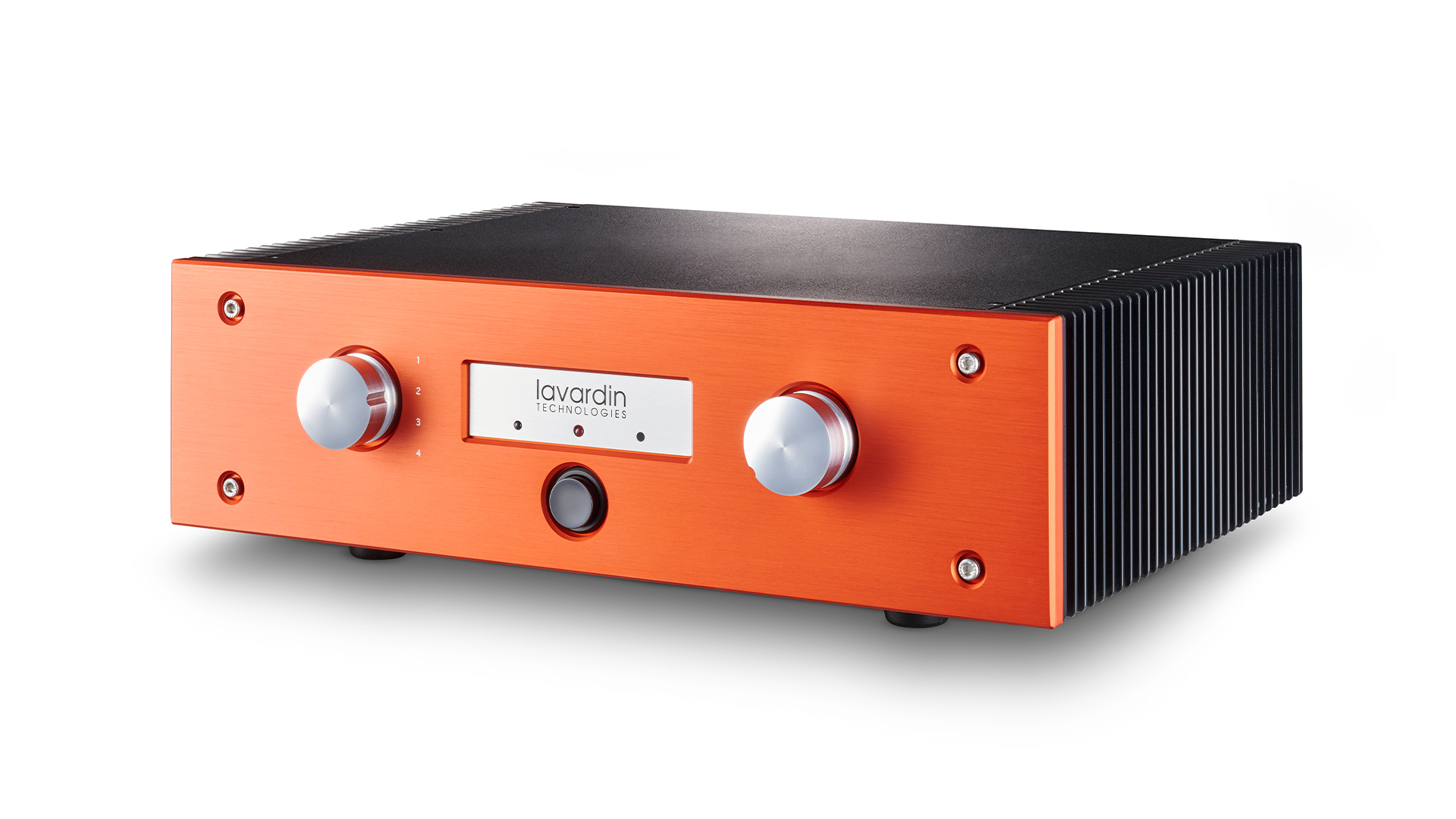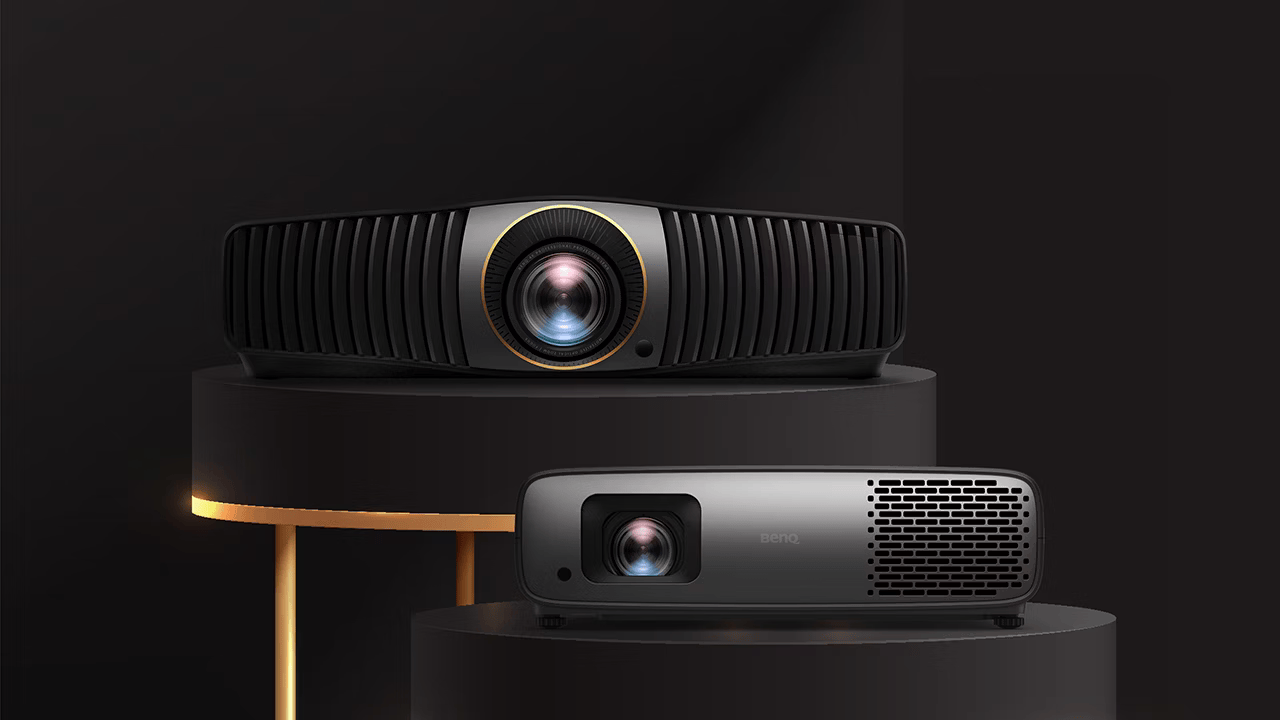What Hi-Fi? Verdict
Lavardin’s ITx will never be anything more than a left-field choice, but in the right system it is a wonderfully musical performer
Pros
- +
Wonderfully musical, insightful and uncluttered presentation
- +
Immaculate with rhythms
- +
Expressive dynamics
Cons
- -
Remote control is a poorly made cost option
- -
Needs careful partnering
- -
Limited connectivity
Why you can trust What Hi-Fi?
We first came across Lavardin’s IT integrated amplifier back in the late ’90s. That original was a simple, low-powered unit that somehow contrived to deliver a musical performance so exquisite that the memory of it remains emblazoned in our minds to this very day. We’ve tested thousands of products since that review but few of them have left such a marked impact on our collective psyche.
Fast forward to the present day and on our test rack sits the latest version of the IT, the Lavardin ITx. It looks utterly familiar, despite a few things having changed in the intervening decades. There is now a choice of finishes, with the red front panel of our test sample a no-cost option. Traditionalists need not worry, black is still on the menu. You can have a remote too, something that the original lacked, but disappointingly it is an additional £379 in the UK if you tick the box.
Technology
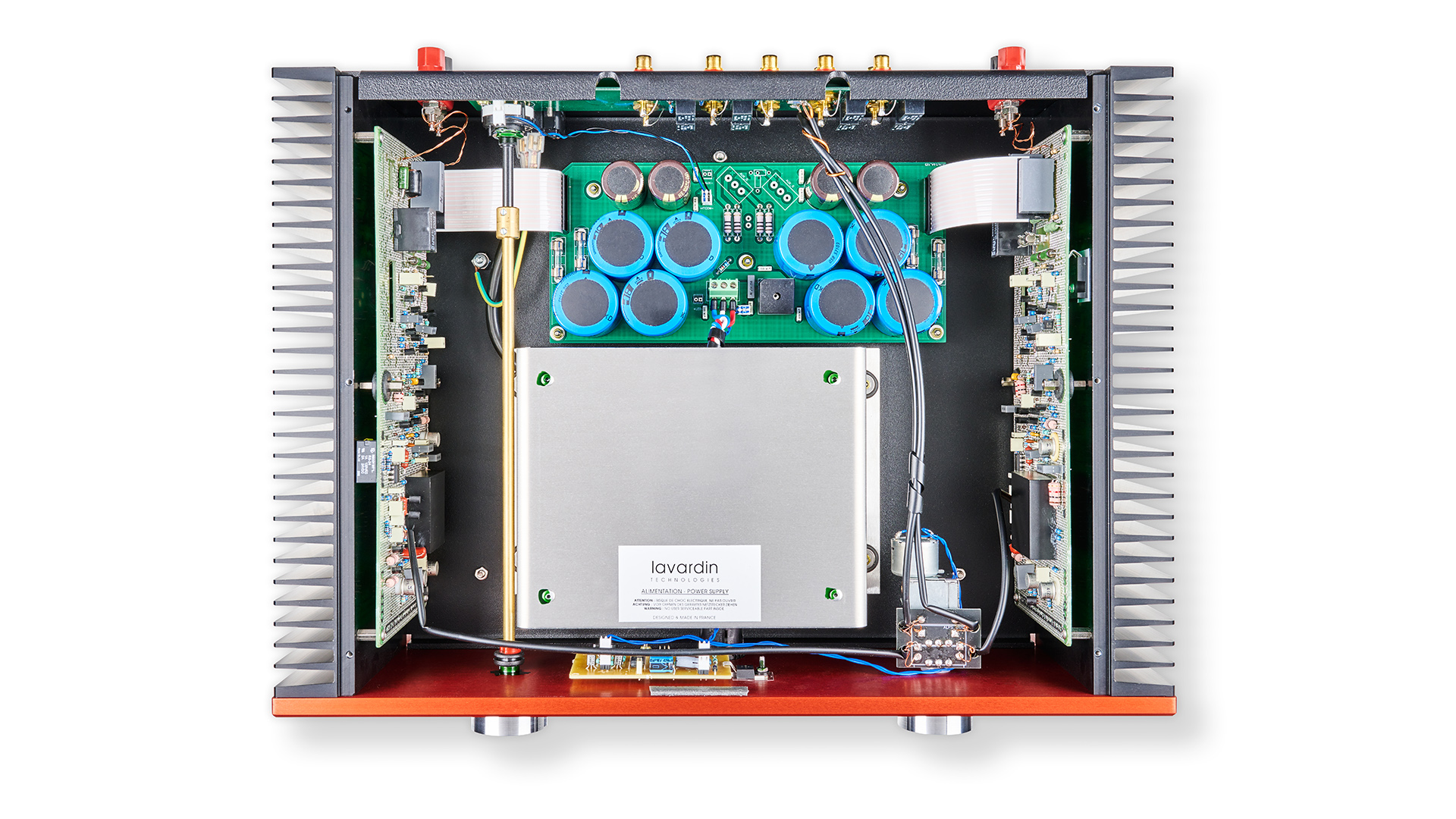
Over the years the IT’s insides have been tweaked to improve performance, but Lavardin has always remained tight-lipped over the details. The main ingredient of the amplifier’s secret sauce has always been the way the electronic design reduces the effects of a phenomenon the company calls ‘Memory Distortion’.
This is the idea that as electrons flow across silicon (used in transistors) they leave a residual path, and that path affects the way subsequent electrons move through the material. Lavardin claims that this effect causes traditional transistor-based designs to sound harder and less musical than valve-powered alternatives. In valves, electrons (essentially) flow through a vacuum so the ‘Memory Distortion’ effect doesn’t exist.
At this point, we must mention that no other manufacturer we know of even acknowledges the effect, let alone thinks it is a problem that needs to be solved. So is it marketing fiction? Maybe, but given how unusually capable Lavardin’s amplifiers usually sound, we’re inclined to give the company the benefit of the doubt.
Build & features
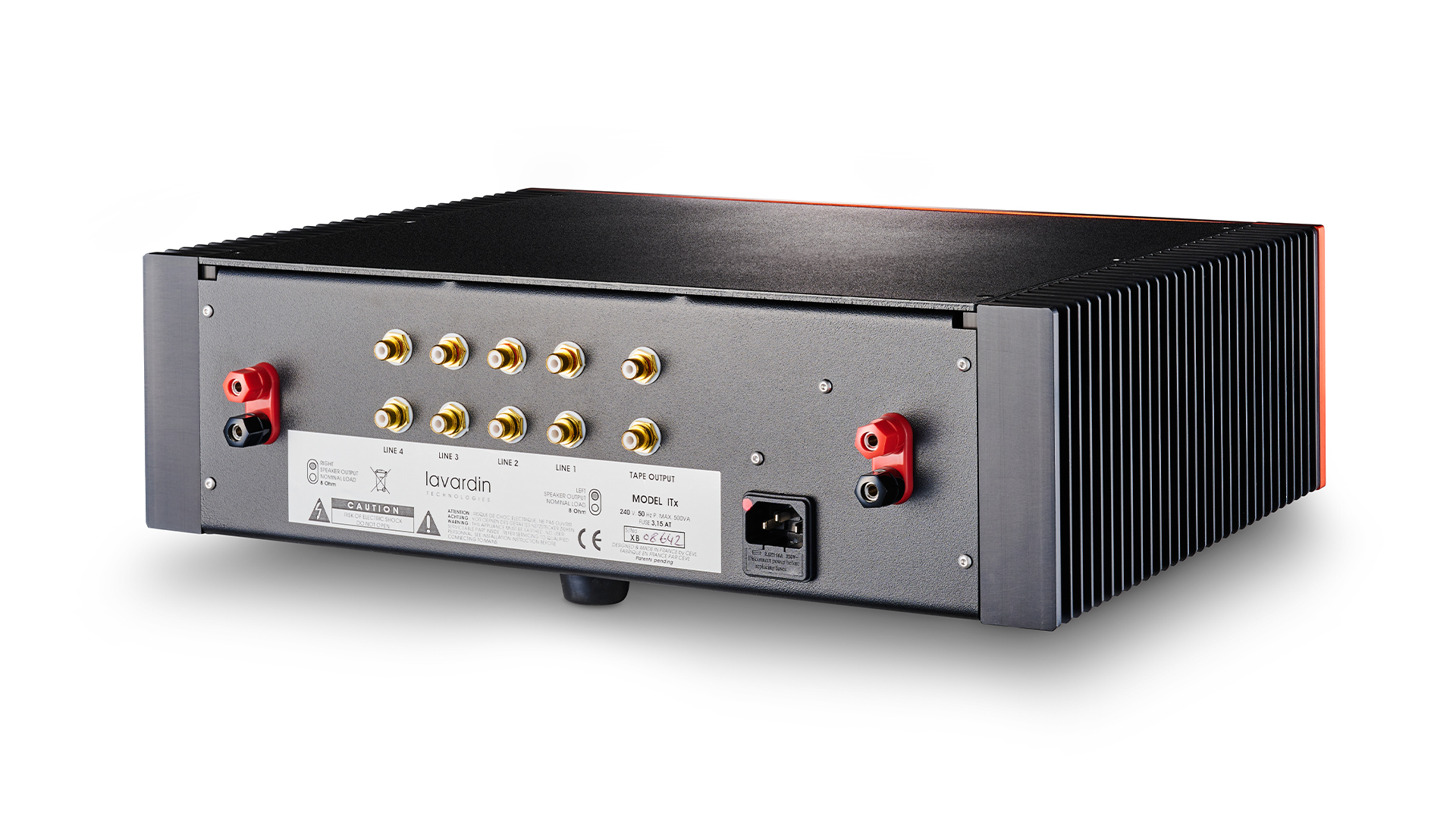
Elsewhere, the ITx remains a modestly-powered Class A/B unit with an output rating of 55 watts per channel. Take a look inside and it is neatly made, with a carefully shielded mains transformer. But, there is little here to suggest this amplifier is anything special, let alone something worthy of carrying such a hefty price tag.
Lavardin is a very small French manufacturer and the ITx feels like a cottage industry product. Given that the unit still feels solidly made, we have no issue with that. Just don’t expect the slickness of build delivered by any of the industry majors.
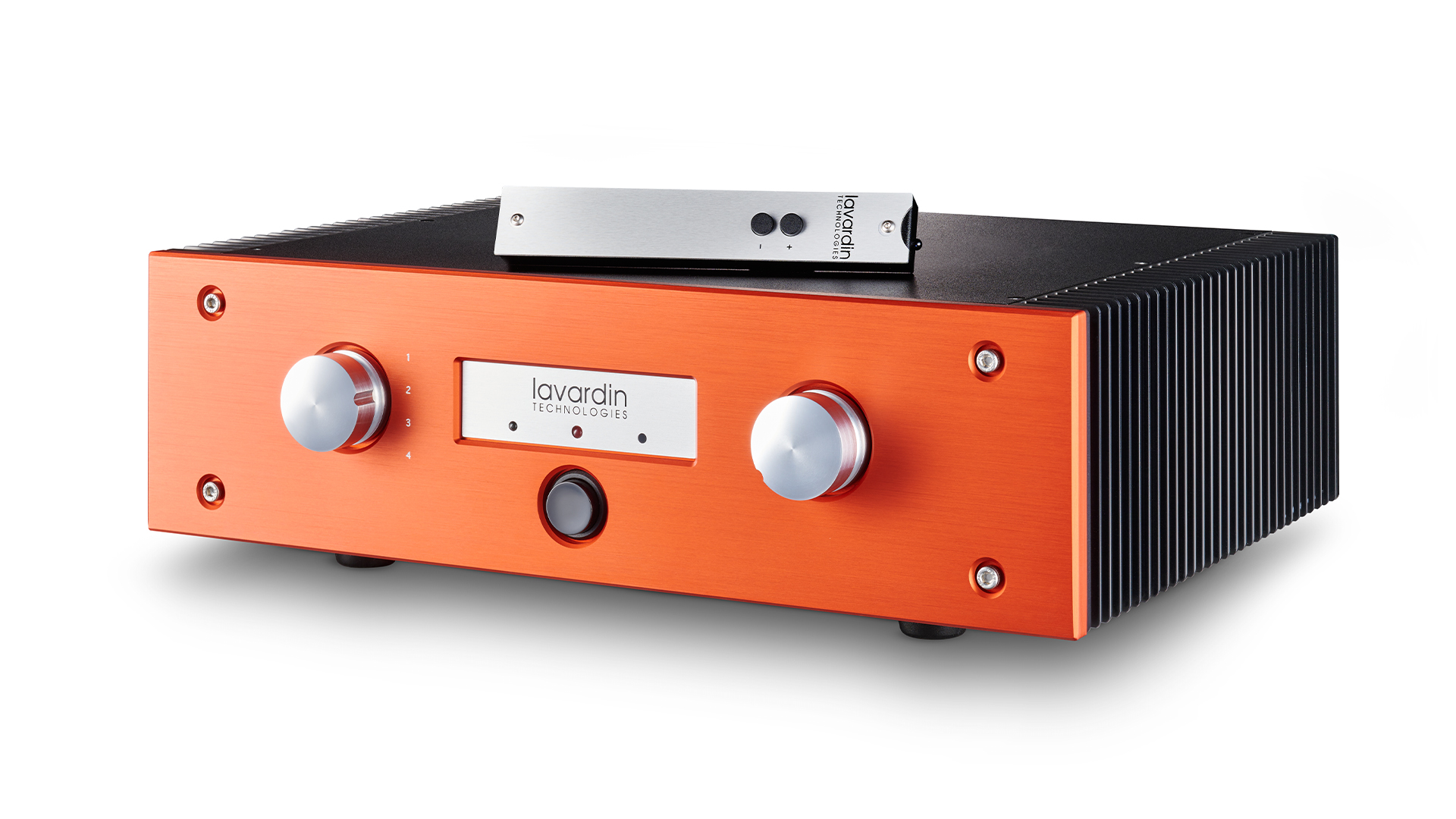
Type Integrated amplifier
Inputs Line level x4
Phono stage? No
Headphone output? No
Remote Optional extra
Power output 55W per channel (into 8 ohms)
Dimensions (hwd) 7 x 43 x 35cm
Weight 12kg
Our main disappointment is that the remote is an optional extra. It’s hard, but let’s put aside the ridiculousness of charging extra for a remote on a product of this price if we can. Let’s talk about the slim metal handset instead. We have no big problem with the minimalist button count, but the level of fit and finish is straight out of a GCSE metalwork class. The company needs to do better here.
The ITx’s connectivity is limited but adequate for most stereo set-ups. There are four single-ended line-level inputs, a lone tape output and a pair of modest-looking speaker terminals. If you play records or use headphones, make sure to budget for extra boxes to do the job.
Compatibility
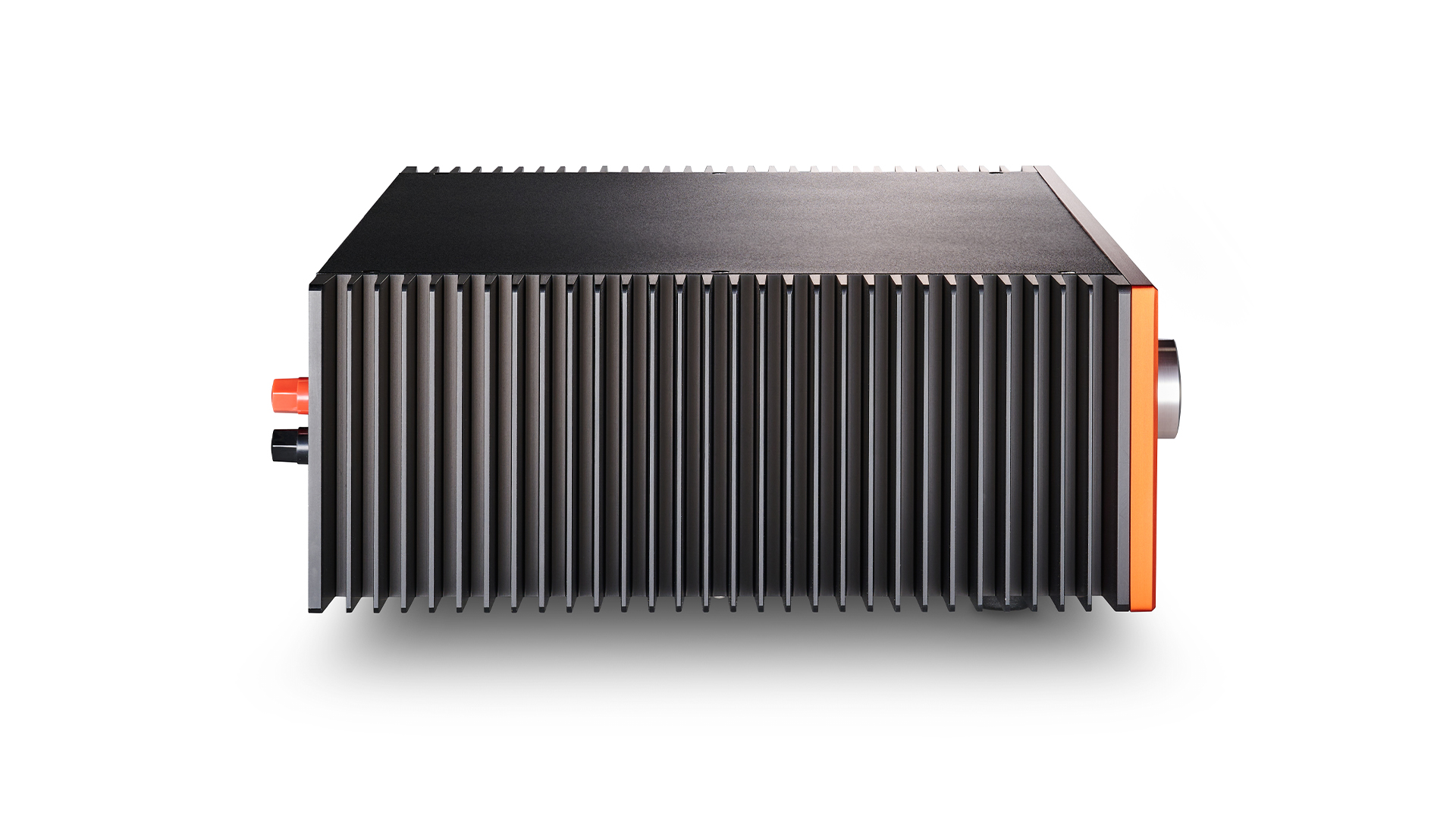
Any amplifier at this level deserves top-class partnering equipment. We use our usual reference system with Naim’s ND555/555 PS DR music streamer and the Technics SL-1000R record player as our main source components. This Lavardin is a relatively low-powered unit, so it pays to take care with speaker partnering. We get great results with the relatively sensitive Wilson Benesch A.C.T. 3Zero floorstanders as well as our usual ATC SCM50, but then again we don’t tend to listen at party levels for long or have a listening room the size of an aircraft hangar. Care should be taken with the equipment support – something with a wooden shelf is recommended – and cables if you want to get the best from this amplifier. These are all things that the selling dealer should be able to advise on.
Unlike most rivals, the ITx doesn’t take days to settle. It sounds great less than half an hour after being powered up.
Sound

Given that time, the Lavardin ITx is one of the most uncluttered and self-effacing amplifiers we’ve ever heard. Its presentation isn’t warm or rich in the manner of some valve designs, but it is incredibly sweet sounding, in all the best ways. This is also a fast and fluid performance, one that’s immensely precise without sounding clinical in any way.
We listen to Arvo Pärt’s Tabula Rasa and marvel at the sense of space in the recording. The amplifier’s stereo imaging is wonderfully expansive and impressively precise. Every instrument has space to breathe and is richly textured. The way this amplifier tracks dynamic subtleties is terrific; it is wonderfully agile without ever sounding like it is rushing.
Detail levels are high, but it is the way that this unit organises all that information into such a musically cohesive whole that really impresses us. This is a rare product that just sounds right. You just accept what it delivers without question, even though we know that there are alternatives that are more tonally neutral and are capable of greater sonic muscularity. When we’re listening to the ITx, those relative shortcomings really don’t matter much.
We spend some time listening at very quiet levels and still have fun. The ITx retains its vibrancy and dynamic finesse at just above whisper levels. Most rivals sound oddly lifeless when used like this, which makes the Lavardin a fine choice if you listen late at night but don’t want to disturb the rest of the household.
It is a rhythm champ too. We listen to Stevie Wonder’s Higher Ground and this integrated amp communicates the rhythmic drive of the track brilliantly. The amplifier’s presentation is packed full of energy which makes it impossible to sit still. Wonder’s distinctive voice comes through with outstanding clarity and lacks nothing when it comes to nuance and passion. Move down the frequency range and bass is as taut and agile as they come, and has the punch of a gifted middle-weight when required.
Verdict
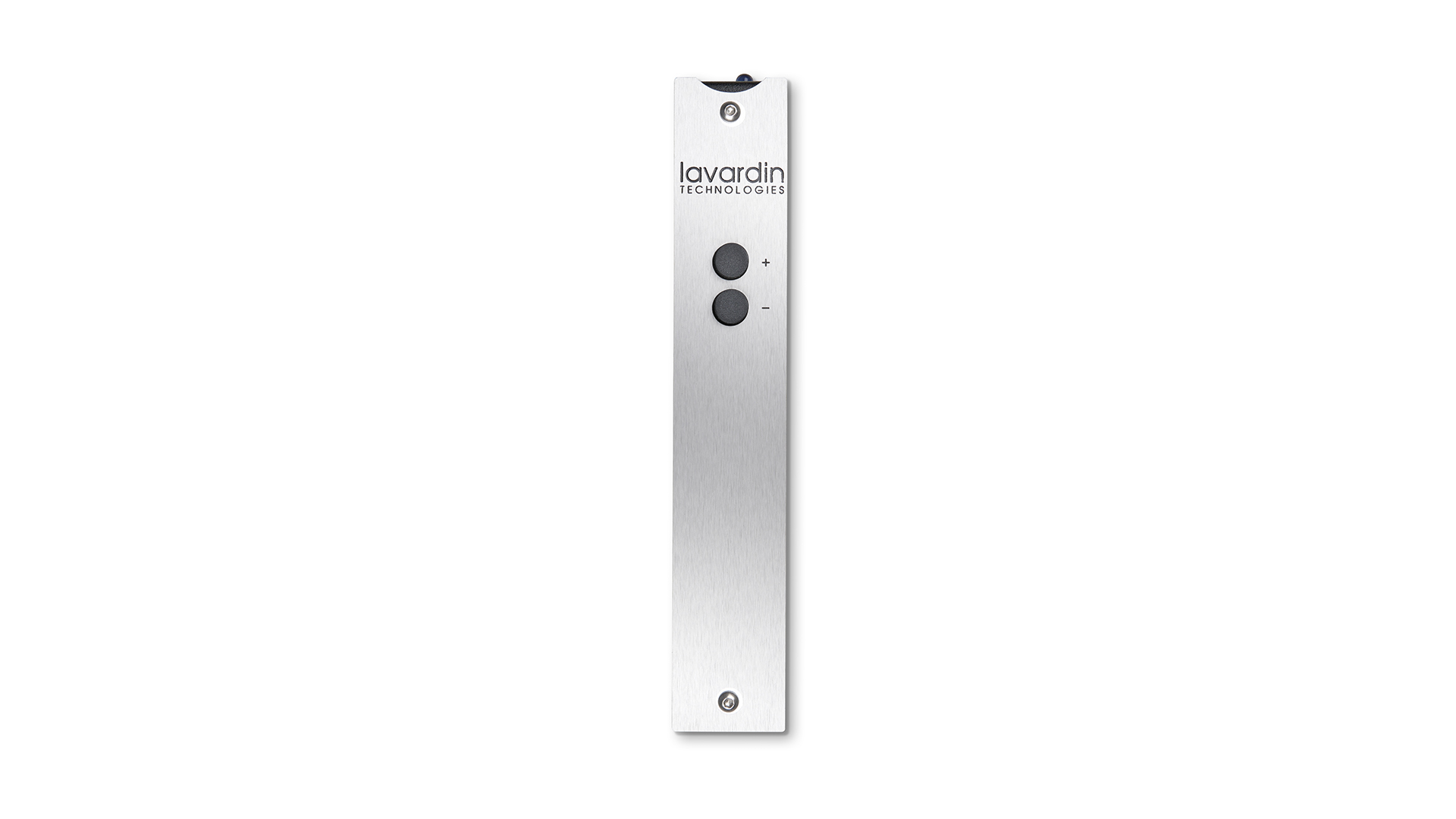
Our time with the Lavardin ITx is a blur of musical treats. We listen to familiar albums and find fresh things to appreciate about them, while new music becomes a pleasurable journey of exploration. This is not a product that encourages analysis of the hi-fi system or the recording being played. It is more than transparent enough to perform that role but prefers to put the spotlight firmly on the music. That’s the way we like it. Does the ITx live up to our fond memory of that original? Yes, it absolutely does.
SCORES
- Sound 5
- Build 4
- Features 3
MORE:
Read our review of the Krell K300i
Also consider the Mark Levinson No. 5805
Read our PMC Cor review
Best stereo amplifiers: the best integrated amps you can buy
What Hi-Fi?, founded in 1976, is the world's leading independent guide to buying and owning hi-fi and home entertainment products. Our comprehensive tests help you buy the very best for your money, with our advice sections giving you step-by-step information on how to get even more from your music and movies. Everything is tested by our dedicated team of in-house reviewers in our custom-built test rooms in London, Reading and Bath. Our coveted five-star rating and Awards are recognised all over the world as the ultimate seal of approval, so you can buy with absolute confidence.
